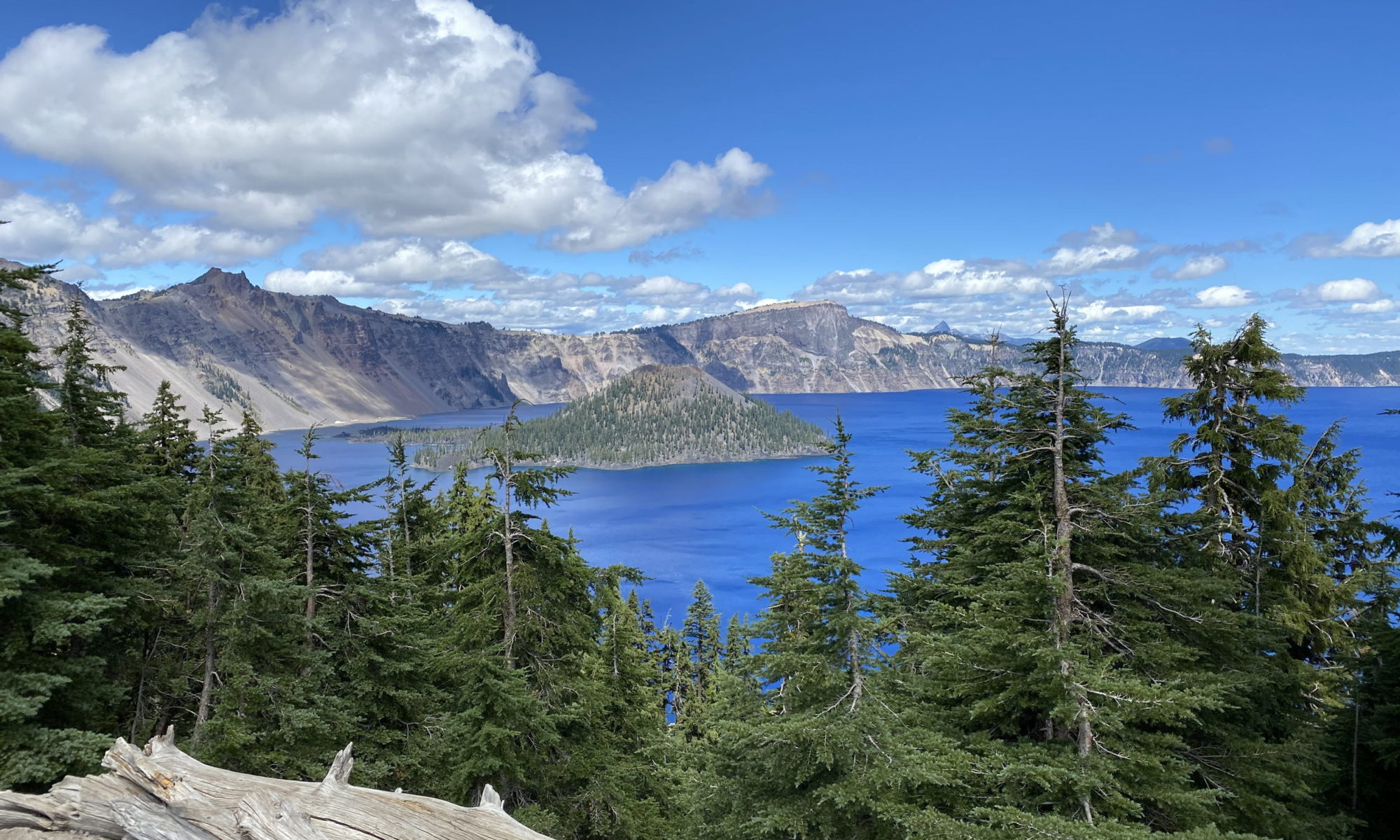
We couldn’t find a trailer that had all the options we wanted anywhere within several hundred miles. So, my wife, started giving out our specific requirements to various dealers – asking for a quote. Upon getting quotes, she’d take the best and send the numbers to the other dealers to see if they could beat it. After several rounds of this and a sales price that just wouldn’t go any lower, we ordered our trailer. Then waited, and waited for it to be built. We thought we were ordering from a salesman who worked for a dealer in Indianapolis (2+ hours away – the closest), but what we discovered was we ordered from a salesman who worked for a dealer in Indianapolis, FROM OHIO.
Finally, weeks later, we got a build date, and finally we got a delivery date (to the dealer) and a pickup date a couple of days later.
So the day arrives to pick up our trailer. We jump in the truck early – and are greeted with a pea soup fog, almost all the way to the dealer. Sort of sets the tone for the day – lots of “fog” obscuring the real world. As much as we tell ourselves we are going to inspect everything and get the full tour etc, the anticipation, anxiety and excitment tend to just rush you along. And the notion that you might want to just leave the trailer there for a few weeks after having gone to pick it up – well it just never enters our heads.
We arrive, turn over our truck keys so they can install he load distributing hitch we also bought. We do the paperwork, hand over the check and purchase some items in the dealer store. Most of it was ok – but the “15 to 30-amp adapter” turned out to be trash(will be in reviews).
After an hour or so they were ready to give us our new trailer tour. We had been working with an older gentleman, but tour time came from someone younger than my kids. The tour went quickly. As with all things, the faster they move, the less you see, especially since the beauty is only skin deep. There were only minor issues that were taken care of. They hook up the truck, send it outside, open the water drain and say good luck and send us on our way. So there we sit in the parking lot, knowing we didn’t do a good enough inspection but all wound up with the new RV adrenaline.
So we head home. The two hour plus trip was uneventful. We park in our rented storage space near where we live. Next – the horror begins……
[By the way, you can see in this small picture that from 50 feet away that the front of the trailer is WAY LOW! Hitch was NOT properly installed by the dealer.]




